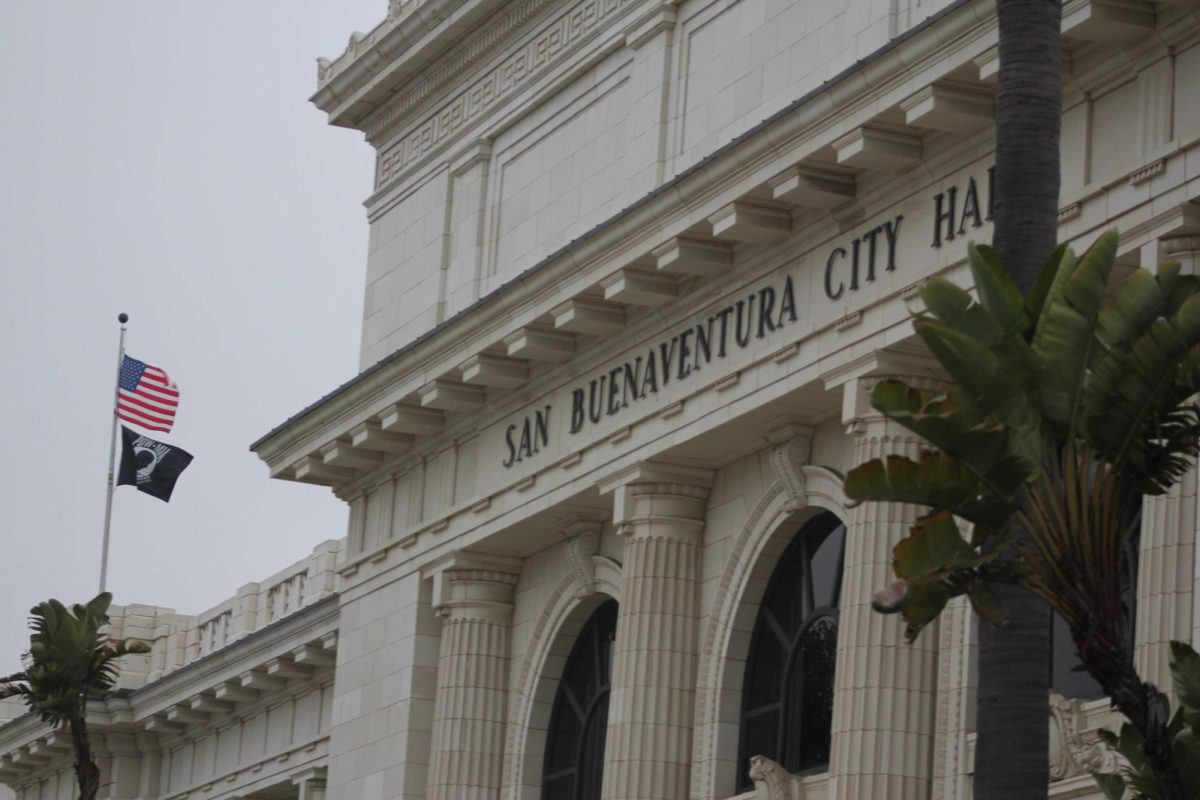Categories:
Cartoon 116: Memorial Day
Karli Riehle, Illustrator
May 27, 2024
Celebrated officially on the last Monday of May each year, the origins of Memorial Day trace back to May 5, 1868. Three years after the end of the Civil War, an organization of veterans from the Union side gathered to lay flowers on the graves of the war-fallen. The first declaration of the day of decoration was made by Maj. Gen. John A. Logan, who announced that it should be May 30. In the same year, 1868, the first large gathering of this event was held at Arlington National Cemetery, where flowers were left on both Union and Confederate graves in the cemetery. However, there were still small, local observances before this event. Such as on April 26, 1866, when a group of women decorated the graves of Confederate soldiers lost in the battle at Shiloh. Union graves were also present, however, ignored due to them being the enemy of the time. Disturbed by the bare graves, the women set flowers on their graves as well. However, this was not the only instance of claiming to be the first to have a decoration day ceremony, as 25 other instances tie for the title of the original Memorial Day celebration. By 1900, states had adopted proclamations recognizing Memorial Day as an official day, with the Army and Navy taking on regulations to observe this day properly at their facilities. After World War I, the day began to encompass all deaths in American wars and then was officially declared a national holiday by Congress in 1971. While the national date remains on the last Monday of May each year, many southern states also have separate dates to honor the Confederate soldiers who died. Mississippi has its Confederate Memorial Day on the last Monday of April, Georgia on April 26, Alabama on the fourth Monday of April, and North and South Carolina observe the day on May 10, while on June 3 Tennessee and Louisiana recognize the date as Confederate Decoration Day. Virginia claims the last Monday in May as Confederate Memorial Day, while Texas celebrates Confederate Heroes Day on Jan. 19. A small tradition emerged from Memorial Day, and that is to place small American flags on each grave. As well, in Dec. 2000 the U.S. Congress passed an act named “The National Moment of Remembrance Act” that encourages all Americans to pause at 3 p.m. local time on Memorial Day and have a minute of silence as they honor and remember those who have passed in service of their country.
0
More to Discover
About the Contributor

Karli Riehle, Illustrator
Class of ‘26 | Senior illustrator, trying to blend in among the iPad artists as a PC painter.














